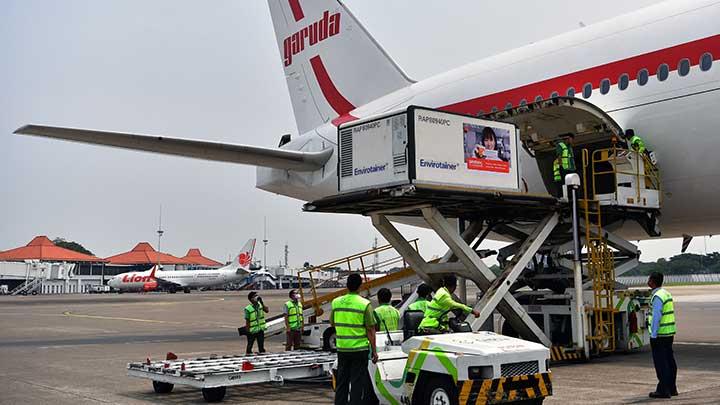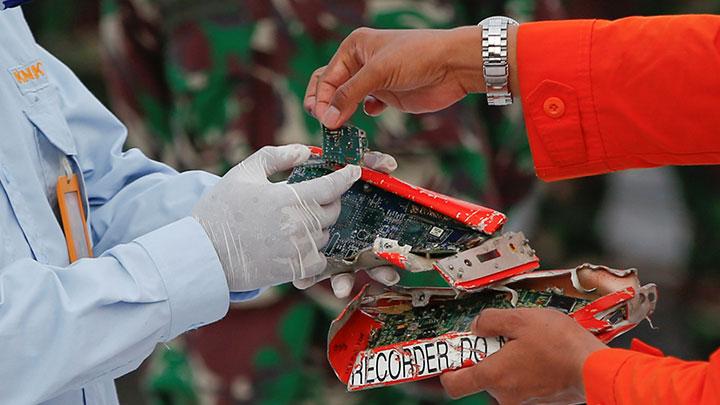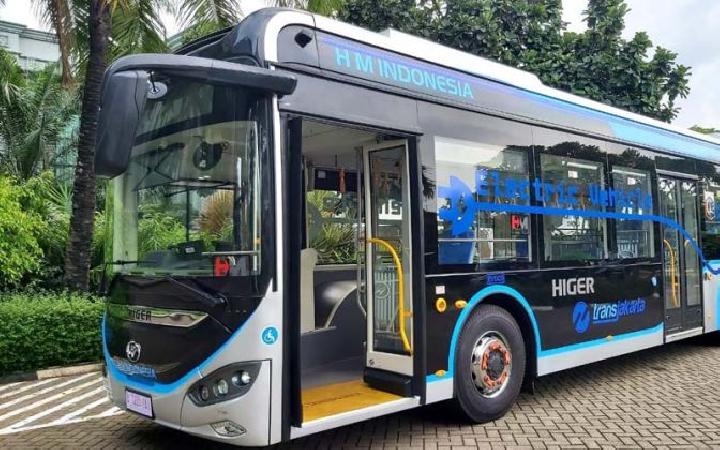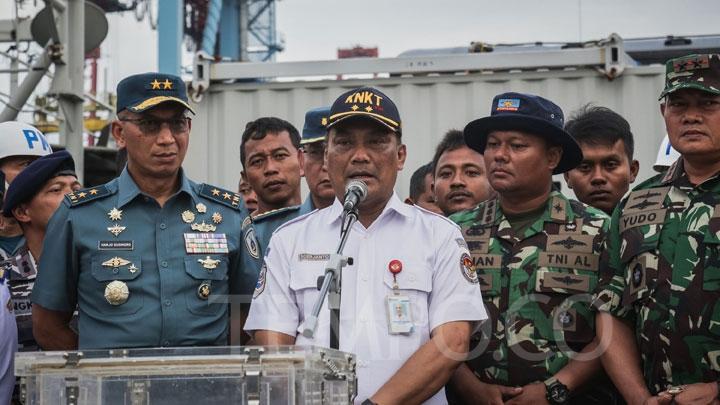Flight SJ182; NTSC Report Finds Autothrottle Anomaly
Translator
Editor
11 February 2021 06:38 WIB

TEMPO.CO, Jakarta - The National Transportation Safety Committee (NTSC) said the initial investigation on the crash of Sriwijaya Air flight SJ182 found that there had been an anomaly in the plane’s autothrottle feature.
“The autothrottle underwent an anomaly with the left moving far back but the right one had not moved at all or was stuck. However, we cannot know until this day whether there was damage,” said the NTSC air investigation sub-committee, Nurcahyo, in today’s press conference, Feb. 10.
The autothrottle is a system that allows a pilot to control the power setting of an aircraft's engines - controlling the thrust and speed - by specifying the desired flight characteristic, rather than manually controlling the fuel flow.
According to NTSC’s breakdown, flight SJ182 was at an altitude of 8,150 feet when the left autothrottle lever was moving back which reduced the power of the plane while the right autothrottle lever remained in a fixed position.
This condition happened at 14:39 Western Indonesia Time (WIB) or one minute prior to the fateful fall. This was followed up by the ATC by instructing the flight SJ182 to increase altitude to 13,000 feet, which was confirmed.
At 14:40:05, the flight data recorder showed that the plane was at its highest altitude of the time at 10,900 feet. The plane then descended from that point while the autopilot was not active and the plane pitched up 016 degrees and rolled to the left with the power from the left engine remaining below the power of the right-wing.
Just a brief moment at 14:40:10, the FDR once again suggested the autothrottle was not active and the plane pitched down before stopping to record any more data just 20 seconds later.
Read: Sriwijaya Air SJ182 Did Not Break Up in Air: KNKT
Autothrottle Prior to the Fateful Flight
Six days prior to the accident, the NTSC found that the pilots of the fateful plane reported the autothrottle of SJ182 had not functioned and was eventually fixed. On January 4, a report was once again filed about the same autothrottle feature not functioning properly which was followed by the problem going under maintenance but was included as a deferred maintenance item (DMI).
According to Nurcahyo, a DMI is a normal aspect of aviation maintenance and will generally last 10 days.
On January 5, the aircraft was reported to go under maintenance with the DMI status dropped and led to the January 9 incident as the flight SJ182 fell to the shallow Thousand Island waters minutes after it took off from Soekarno-Hatta International Airport. The DMI status was not in the aircraft maintenance log (AML) on the day of the tragedy.
NTSC chief Soerjanto Tjahjono asserted that the anomaly in the autothrottle could not be interpreted as a form of malfunction and opened the possibility that there could have been failures in other components.
"Maybe the symptoms of a damage were seen in the autothrottle but the actual damage [could] be somewhere else,” said the NTSC Chief.
The NTSC is currently looking closely into changes that happened in the autothrottle and 13 aircraft components that are linked to the throttle control system. Soerjanto said that problems in the autothrottle should not have affected the Sriwijaya Air flight SJ182 at the time as the plane is designed to be able to fly with one engine functioning.
FRANCISCA CHRISTY ROSANA























